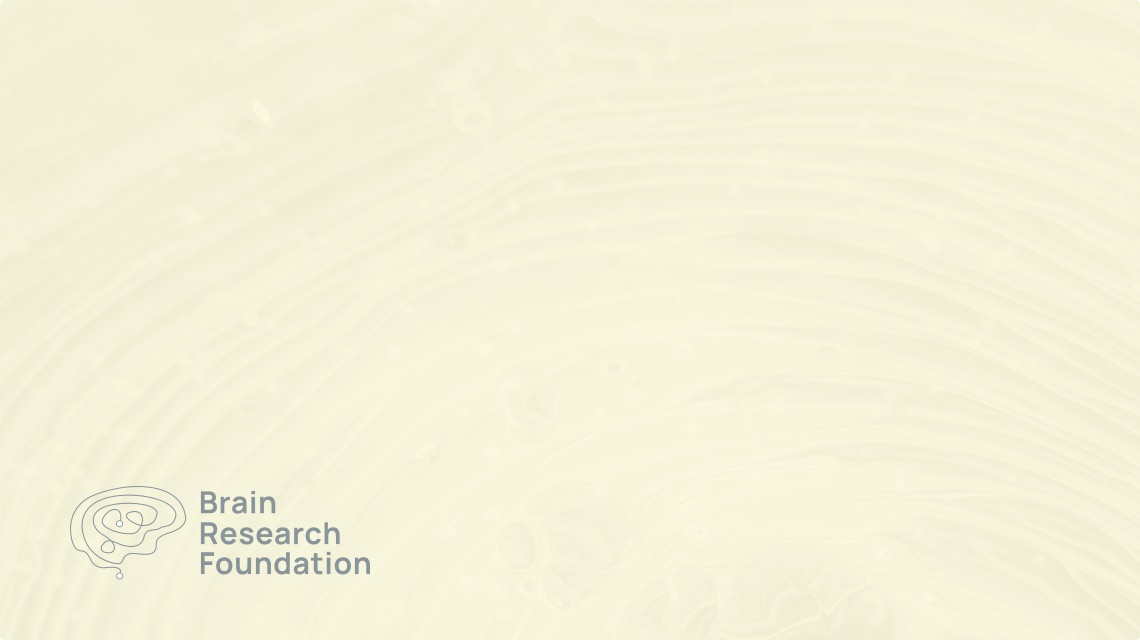Quantitative Analysis of Odor Mixture Perception
2005 Seed Grant
Leslie M. Kay, Ph.D.
The University of Chicago
This proposal is for exploring the ways in which odor mixtures are perceived. Many mixtures have synthetic or configural qualities, meaning that the mixture smells different from its components. Other mixtures have elemental qualities, meaning that the mixture smells like the sum of the components. Recent advances in understanding the structure of odor receptors in the nose and in their patterns of connection into the first stage of processing in the brain (olfactory bulb) have given rise to a theory of odor mixture perception based on overlap at receptors or in their input patterns. This theory proposes that mixtures of odors that overlap in their input representation have more configural perceptual qualities and that those that do not overlap have more elemental properties. This addresses issues that are at the core of understanding the nature of odor perception as it arises from the anatomy of the olfactory receptors and the first stages of odor processing in the brain. Dr. Kay’s previous work has both supported and cast doubt on this theory. Her lab will plan a thorough test of the theory using a behavioral method that we have recently developed in the laboratory. They will use rats because their olfactory anatomy is very similar to the human system, and they offer the advantage of numerous studies describing specific receptor binding properties and input patterns. Dr. Kay’s laboratory will test the theory in three ways, addressing 1) the ways in which molecules bind to the same or different olfactory receptors, 2) the amount of overlap in the olfactory bulb and 3) the robustness of these results by also testing odors that are found in body fluids of many mammals.
Olfactory deficits are common in disorders that affect cognitive function, such as Alzheimer’s disease, Parkinson’s disease, Huntington’s disease, schizophrenia and depression. In some cases, these deficits are among the first signs of the onset of these disorders or are predictive in development of the disorder years in the future. In addition, temporal lobe epilepsy, one of the most common forms of seizure disorder, has been shown experimentally to engage and in some cases rely on olfactory circuitry. Despite the relative importance of this system in human cognitive structures, relatively little is known about the mechanisms involved or the structure of odor space in which the system operates. This impairs researchers’ ability to evaluate the specific nature of the deficits seen in many disorders. In olfaction we have little knowledge of what features constitute the fundamental properties of odors. Most natural odors are complex mixtures, and only a handful of studies have approached the issue of mixture perception in a systematic or theoretically driven fashion. Having data for specific combinations of chemicals and examination of the underlying neural processes that contribute to odor mixture perception will help in understanding the neural processes involved in the early stages of disorders such as Alzheimer’s and Parkinson’s diseases. These data will also aid in development of more specific clinical olfactory tests.

